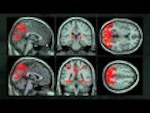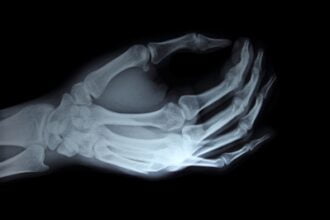 [Series Article] Studies reveal hard science data behind why the sometimes fanciful, sometimes fictional art of storytelling is a highly effective as a communications tool.
[Series Article] Studies reveal hard science data behind why the sometimes fanciful, sometimes fictional art of storytelling is a highly effective as a communications tool. [Series Article] Studies reveal hard science data behind why the sometimes fanciful, sometimes fictional art of storytelling is a highly effective as a communications tool. In healthcare marketing, storytelling is growing in popularity from doctor-patient conversations to branding messages.
[Series Article] Studies reveal hard science data behind why the sometimes fanciful, sometimes fictional art of storytelling is a highly effective as a communications tool. In healthcare marketing, storytelling is growing in popularity from doctor-patient conversations to branding messages.
Of all the stories in the world, there’s one—The Story of Storytelling—where “Once upon a time…” doesn’t quite fit. Stories and storytelling have, as far as we can tell, nearly always been part of mankind and the human existence.
From 40,000-year-old cave paintings to the Academy Award celebration of achievements in the film industry. Myths, legends, oral history, books, painting, poetry, conversations, plays, music, online content, lectures…you name it; the human brain is wired to process and understand information in a story-like way. And, for marketing, effective storytelling is, almost by definition, a means to engage an audience.
Empathy, Neurochemistry, and the Dramatic Arc
In less than six minutes, Dr. Paul Zak’s evocative film (and engaging story) explains how “even the simplest narrative, if it is highly engaging and follows the classic dramatic arc, can evoke powerful empathic responses”:
Nearly every stop on the healthcare delivery spectrum is rich with material and a natural stage for using storytelling effectively. People relate to information wrapped in stories. New and old ideas evoke empathy and understanding in the context of a story.
Paul J. Zak is Professor of Economics and the founding Director of the Center for Neuroeconomics Studies at Claremont Graduate University. Dr. Zak also serves as Professor of Neurology at Loma Linda University Medical Center.
 [Series Article] Studies reveal hard science data behind why the sometimes fanciful, sometimes fictional art of storytelling is a highly effective as a communications tool. In healthcare marketing, storytelling is growing in popularity from doctor-patient conversations to branding messages.
[Series Article] Studies reveal hard science data behind why the sometimes fanciful, sometimes fictional art of storytelling is a highly effective as a communications tool. In healthcare marketing, storytelling is growing in popularity from doctor-patient conversations to branding messages.






